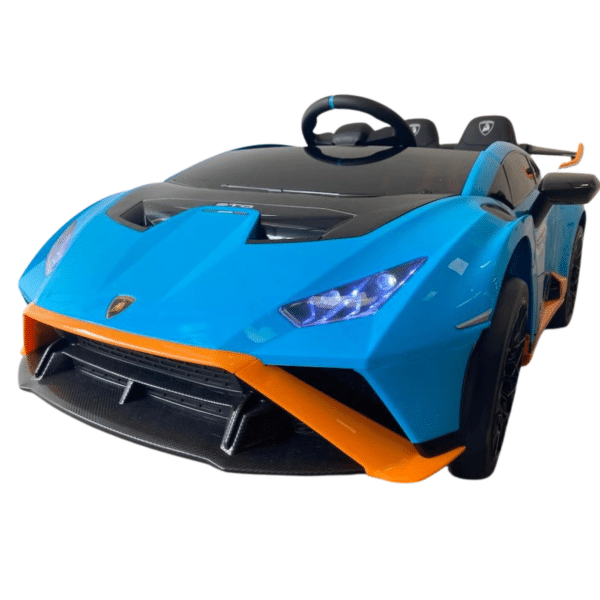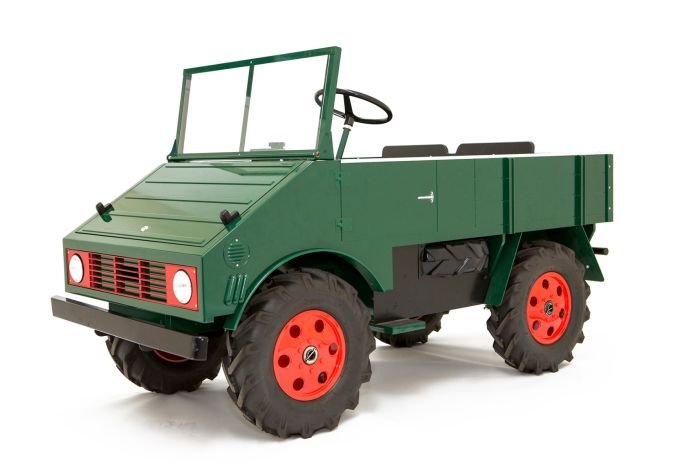Handy Ideas For Choosing Kids Cars
Wiki Article
What Features Should You Look For When You Are Choosing A Ride-On Car For Your Toddlers Or Older Children?
Take into consideration the age of your child, their size, and their developmental stage when looking at ride-on vehicles for kids. This is to make sure they are safe and enjoy themselves. How to take into account these factors – Age
The ride-on car must be specifically designed to meet the age of your child. They feature a simple and stable design, simple controls, and include features such as buttons and steering wheels, or levers. Select cars that ride on wide bases for stability.
Older Children (3plus years old) - As children grow older, they will be able to operate more advanced ride-on cars that have additional features and controls. Look for cars that have adjustable seats, higher weight capacities and interactive features such as working lights, music and sounds. To ensure your safety, look for vehicles with an adjustable speed or parental control to accommodate different skill-levels.
Size
Weight and height - when choosing the best ride-on for your child you should think about your child's size and weight. Pick a car with a the weight and height that is comfortable for your child. Avoid buying cars that are too large or small because they could be dangerous or uncomfortable to drive.
Comfort & Legroom – Make sure the ride-on vehicle offers enough legroom for your child to have an enjoyable seat. The size of the seating area should be suitable for the height and size of your child.
The stage of development -
Motor Skills - Think about your child's motor skills and coordination skills when deciding on the right ride-on vehicle. Older children may be able to operate more sophisticated controls and interactive elements however, younger toddlers may require a simpler control.
Independence and Confidence- Ride-on vehicles can foster confidence and independence for children by helping them control their vehicle and navigate. Select a car that will enable your child to master the ability to steer, accelerate and brake independently. This will increase their motor skills and confidence as they progress.
Engaged and Inspiring Engaged and Interest: When choosing a child's ride-on, consider their interests and preferences. Select a ride-on vehicle that has themes, colours or features that appeal to your child, whether it is a classic, sports car, truck or themed car with a character.
Consider your child's size and age, as well as their developmental stage to pick a car that will be secure, comfortable and enjoyable. This will offer hours of learning and fun for your child as they are playing and exploring. Check out the recommended Mercedes kids car for more tips including car toy toy, two seater childrens electric cars, toy the car, ride on toy, car electric ride on, ride ons, car toy car toy, remote control childrens car, kiddies cars, childs car toy and more. .

What Are The Top Indoor And Outdoor Car Models For Children?
The characteristics of the models for indoor and outdoor use are different. The Indoor Use Cars are different.
Weight and size Cars designed for indoor use tend to be smaller and lighter and can maneuver more easily within tight areas such as living rooms, hallways or playrooms. They're small enough to fit into narrow spaces and corners and avoid damaging walls or furniture.
Low Ground Clearance - Indoor vehicles have a low clearances to avoid being stuck or caught on obstacles such as carpets, rugs or thresholds. This allows for smooth, free motion on indoor surfaces.
Smooth Wheels The wheels on indoor automobiles are usually composed of smooth materials like rubber or plastic to give traction and grit on smooth surfaces such as hardwood floors, laminate flooring or tile. They are engineered with a minimum of noise to avoid scratching and scuffing on indoor surfaces.
Limited Speed – Indoor cars generally have a limit on speed to ensure safe and controlled driving in small space. This prevents accidents and collisions with walls, furniture or other obstacles typically found indoors.
Outdoor Use Cars -
Durable Construction: Vehicles made specifically for outdoor use feature robust materials such as tough plastic or metal that are able to withstand rough handling, outdoor elements like moisture and sunlight. The cars are resistant to damage from the elements.
Increased Ground Clearance: Outdoor-use vehicles are equipped with a greater level of ground clearance for navigating bumps and uneven terrain when driving outdoors. This allows the car to navigate over rough terrains without damage or a snag.
Traction Tires Car tires that are intended for use outdoors usually have treads or patterns that enhance grip and traction while driving on slippery or uneven surfaces. This ensures stability and control on surfaces outdoors, preventing sliding or skiing.
Weather Resistance - Designed for outdoor use, cars may have components that are impervious to damage from environmental elements or moisture, such as waterproof casings, sealed electronics and even waterproofed ones. This permits the vehicle to be exposed to water, puddles or mud and still function well.
High Speed - Cars that are designed for outdoor use have higher speeds as they're designed to handle the open spaces and distances that can be encountered in the natural world. It provides an exhilarating adventure for kids who want to explore outdoor spaces.
These design features and characteristics will assist parents in choosing the ideal car for their kids to suit their usage requirements and the environment in which they live. Have a look at the best read this about McLaren kids car for website advice including childs electric ride on car, race car toy car, childrens ride on, toy in car, digger ride, kiddies cars, electric car ride, electric toy car, ride on car, childrens electric cars and more. .

What Types Of Childrens Remote Controlled Cars Are On The Market? What Are Some Of The Pros And Con?
Remote-controlled children's vehicles, or RC cars, are offered in a range of designs, sizes and prices to meet various budgets and tastes. The pros and cons, along with the dimensions styles, models, and costs of remote-controlled vehicles for children are listed below.
Electric RC Cars – Battery-powered remote controlled cars suitable for use indoors or outdoors. There are numerous styles of RC cars like trucks, buggies and sportscars.
Nitro RC Cars - Gas-powered remote-controlled cars that have more speed and performance, but require more maintenance and expertise to operate. Electric RC cars are smaller and are less costly.
Scale models are replicas of real-life vehicles, such as trucks and cars. They are also controlled remotely. Scale Models can be found in various sizes that range from 1-10 to 1-24. The larger scales offer more detail and realistic appearance.
Sizes -
Remote control cars for children come in various sizes, ranging from tiny micro-sized versions to larger-scale replicas. The size and weight of the car will affect the performance.
Micro-sized vehicles are small and lightweight, making them ideal for indoor usage and for children who are younger. Cars that are larger in size are more powerful, durable and are thus ideal for off-road or outdoor racing.
Prices are
Prices differ based on the size, features brand and quality of construction.
The price of micro-sized electric RC vehicles can vary between $20 and $100. However the larger-scale electric and Nitro RC models may cost between $100-$500.
Scale model cars and high-end hobby RCs range from several hundred and more than a thousand dollars, depending on how detailed and powerful they are.
The pros and cons of -
Pros -
Entertainment - Remote control for children's automobiles can bring hours of fun and entertainment for both children and adults.
Learning. Driving a RC car lets children develop hand-eye coordination as well as spatial awareness and problem-solving skills.
Social Interaction. You can enjoy RC vehicles with your family and friends and encourages social interaction.
Customization - Many RC vehicles are able to be upgraded using accessories and upgrades, which will enhance their performance and appearance.
Cons
Cost - A top-quality model with advanced features can be costly, particularly hobby-grade models.
Learning Curve - Operating an RC Car requires the ability and practice young children may struggle at first.
Maintenance is essential for owners of RC cars. They need to clean regularly or lubricate their vehicles, as well as make repairs or replace the parts.
Safety Concerns - RC cars can pose dangers to safety, such as collisions, falls, and electrical hazards, if not utilized in a responsible manner and with adult supervision.
Remote control cars for kids are a great learning and entertaining experience. However, it's crucial to select the appropriate model based on aspects such as dimensions, safety, cost and features. The hobby-grade RC models are suitable for older children or people who enjoy. Less complicated models are better for beginners and younger children. View the recommended Audi kids car kidscars.co.uk tips for blog recommendations including ride on toy, toy a car, car for toy, remote control childrens electric cars, two seater electric cars, childs ride on car, childrens electric ride on, digger ride, pedal car, toy the car and more. .
